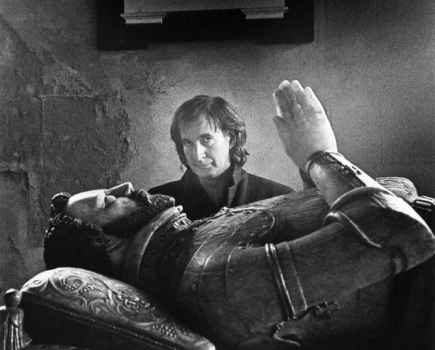1. Do rely on multi-metering
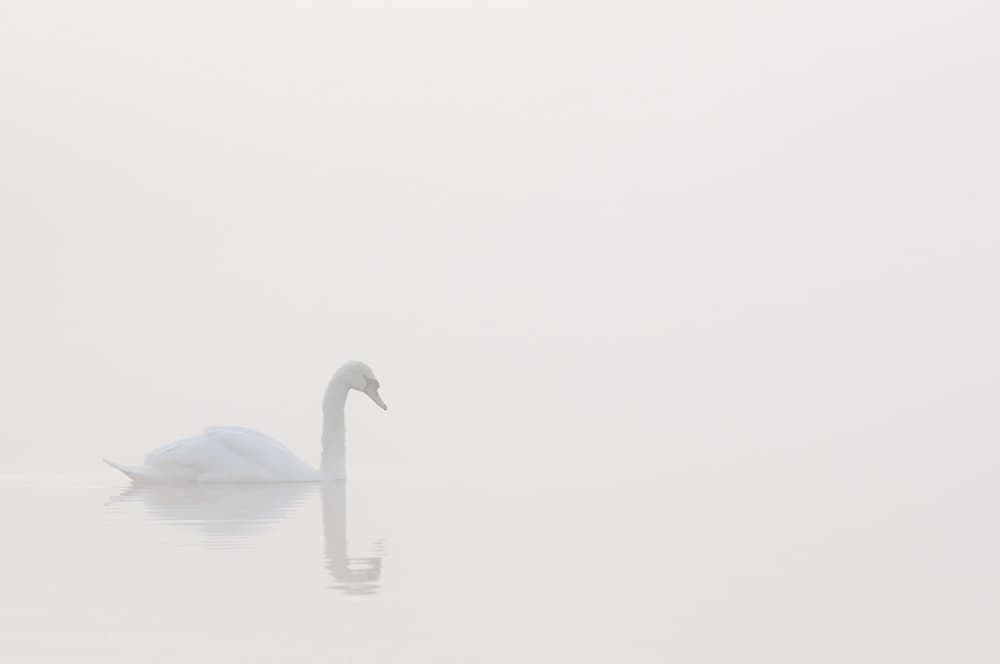
TTL metering may be deceived when the image area is dominated by lots of light tones. Image by Ross Hoddinott
Do rely on your camera’s multi-segment metering mode in the majority of shooting situations. Also known as Matrix metering (Nikon), Evaluative (Canon) and ESP (Olympus), this should be your default metering mode. It is your camera’s most intelligent mode, so it’s reasonable to assume that it will also be the most useful and reliable. Remember, your camera’s through-the-lens (TTL) metering is most likely to be deceived when the image area is dominated by lots of very dark or light tones. Metering systems are programmed to give an average reading for a midtone value of around 12-18% grey. This is a reliable method in most normal shooting situations, but if your scene is predominantly dark or light, your metering system will most likely be fooled. So, if you are shooting a light, white snowy scene, your camera’s metering will often underexpose your shots, resulting in dull, grey-looking snow. If the scene or subject is dominated by dark shadow, the camera will typically overexpose your shots, meaning your images are too bright, with clipped highlights. However, once you are aware of this problem, it’s not a big issue. Check your histogram regularly and apply positive exposure compensation if results are too dark, or a negative value if your shots are too light.
2. Master spot metering
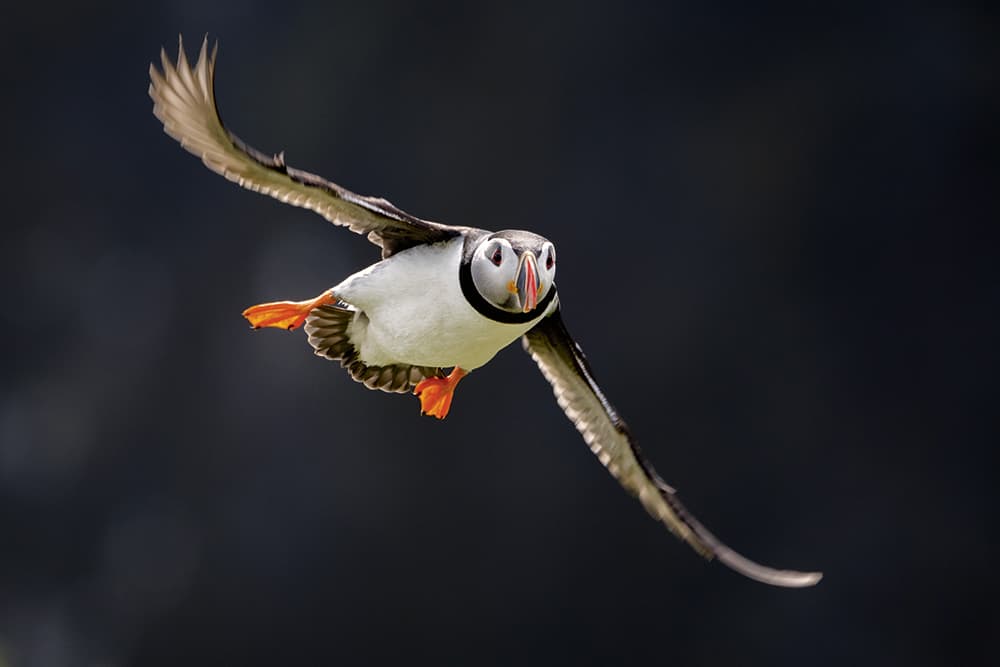
When you’re shooting an animal against a very dark backdrop, switch to spot metering. Image by Ross Hoddinott
Don’t neglect your camera’s spot-metering mode. It’s found on most camera models and offers photographers far more control over the accuracy of metering. By switching to this mode, you are telling the camera to base its exposure value on a very small portion of the image space (around 1-4% of the frame), without being influenced by the light in other areas of the frame. However, this mode also requires the most input and direction from the photographer, as you need to meter precisely from the crucial area of the scene or subject. I often use spot metering when shooting wildlife. For example, if I’m shooting an animal against a very dark or light backdrop, I know multi-segment metering will be fooled. By switching to spot and metering directly from the subject, I know I will achieve correct exposure. The same theory can be applied to any photographic subject – not just wildlife.
3. Don’t dismiss centre-weighted metering
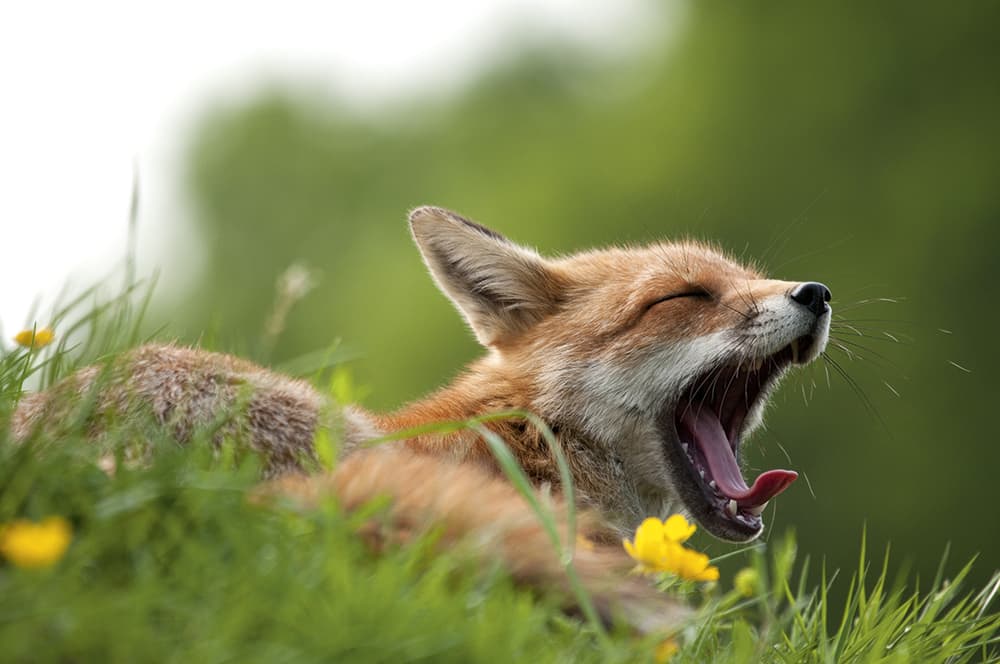
Centre-weighted metering takes a reading from the centre of the frame. Image by Ross Hoddinott
While it might be the oldest form of TTL metering, centre-weighted readings can still prove useful in certain scenarios. When you set your camera to this mode, it measures light from the centre of the frame and its surroundings, but effectively ignores the corners. Typically, this mode concentrates on a circle of around 60-80% in the centre of the frame. Some cameras will even allow you to adjust the area of the metering circle for greater accuracy. Centre-weighted metering might not be the most sophisticated mode, but it is the most consistent and predictable and in most situations, the main subject will indeed be placed around the centre of the frame. I find this mode particularly useful when taking portraits of animals – or people – or any relatively large, centrally placed subject. It is also useful if your subject is backlit. The bright areas behind the main subject will influence multi-segment metering, while centre-weighted metering will ignore them and expose the subject or its head perfectly.
Ross Hoddinott
Ross is one of the UK’s leading outdoor photographers and has regularly been placed in the Wildlife Photographer of the Year competition. He is well known as a workshop leader and contributor to photography and wildlife magazines. Ross is contracted to NaturePL and the RSPCA Photolibrary, and his clients include the National Trust. Visit www.rosshoddinott.co.uk
4. Meter for midtones

Meter for the midtones, especially those in the foreground, and your shots will usually be correctly exposed. Image by Jeremy Walker
I tell people on landscape workshops who are just starting out to meter for the midtones, especially those in the foreground. Their images will be pretty much correctly exposed, although they may need to use a graduated filter for the sky. So in other words, start by metering for a midtone, preferably in the foreground if possible, set the camera to the indicated shutter speed and aperture combination, and make an exposure. If your sky is still overexposing, or you wish to darken the sky for creative and artistic effect, apply a neutral- density (ND) graduated filter. This will help control the exposure of just the sky. This is very straightforward, but if you have a backlit subject such as a yacht, a windsurfer or storm clouds with beams of light bursting through, try metering for the brightest part of the image instead. This will give you a correctly exposed highlight and make everything else much darker. It is a case of ‘stuff the shadow detail and just work with the highlights and blacks!’ This technique is great for subjects in which shape and texture are the dominant factors in the image.
5. Snowy conditions

If you want to darken the sky for creative effect, try using an ND grad. Image by Jeremy Walker
Shooting in the winter in snowy conditions can cause all sorts of problems. At one time or another, we’ve all ended up with snowy landscapes that are rather grey and grubby instead of crisp and white. So, don’t meter for the snow, but try to meter for a midtone if one is available – a grey rock, the bark of a tree, a building or even an item of clothing. This will give you a starting point for your exposure that is far more accurate than metering for a pure white. If you have no option but to meter for the snow, bear in mind you will have to override the indicated exposure by about 11⁄2 stops to get an exposure that can be considered correct.
6. Get to know your camera
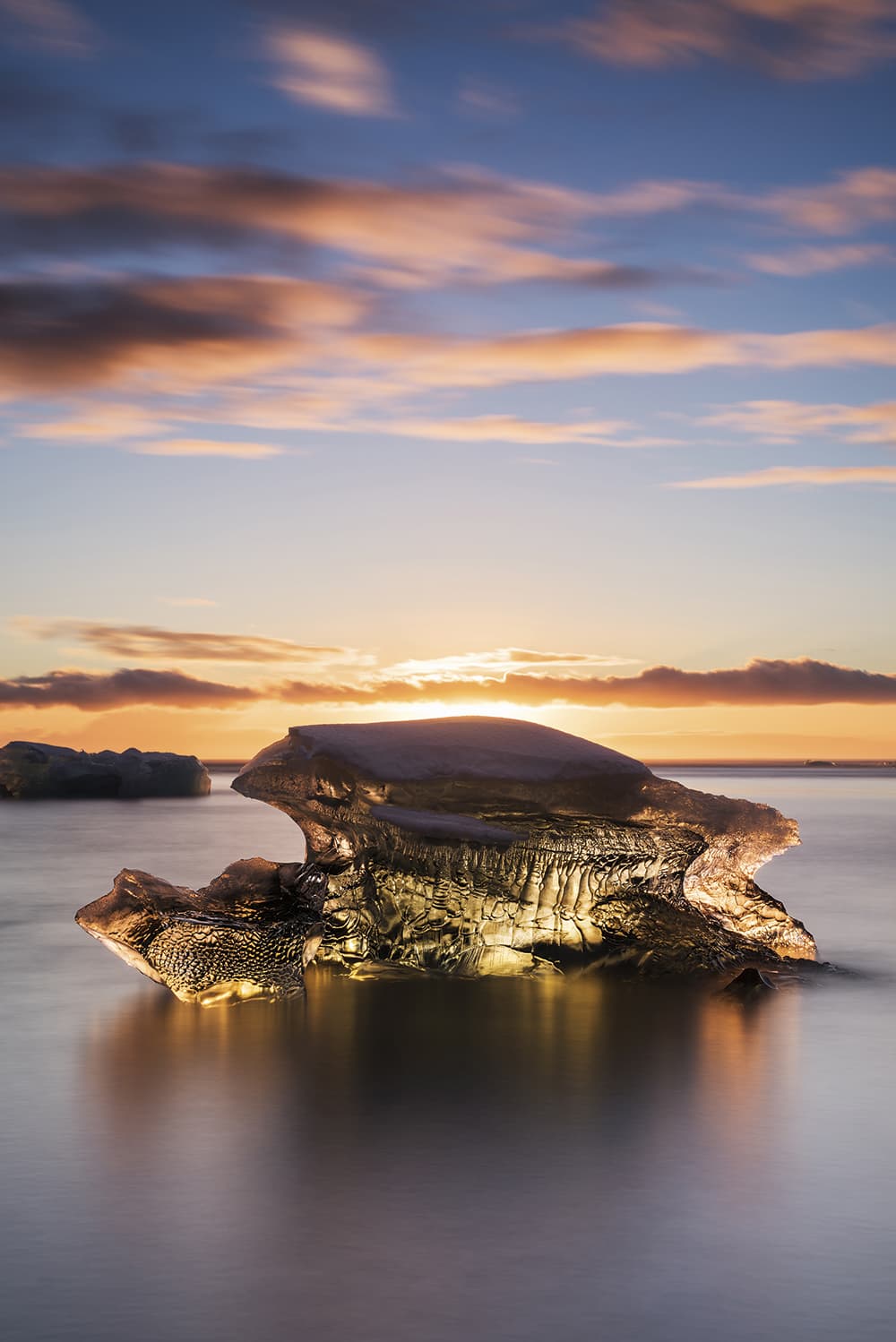
Try using just one metering mode – you might be surprised by what can be achieved. Image by Jeremy Walker
Some people still carry around a separate handheld meter. Why? Camera companies have spent a lot of money developing their meters and they are, by and large, extremely good. Get to know how the camera’s meter handles different lighting conditions and situations, but perhaps try using the meter in just one mode. My advice would be to avoid spot metering and centre-weighted metering and exclusively use the segmented metering pattern (Matrix in Nikon), and get to know it inside out. Being able to react to a landscape where the light is changing fast could be the difference between getting the shot or facing disappointment.
Jeremy Walker
While chiefly known as a landscape photographer, Dorset-based Jeremy is also an accomplished portrait and architectural photographer with clients all over the word. He regularly gives talks on behalf of Nikon and also runs workshops and shorter photography courses. Visit www.jeremywalker.co.uk
7. Your camera won’t get it right all the time
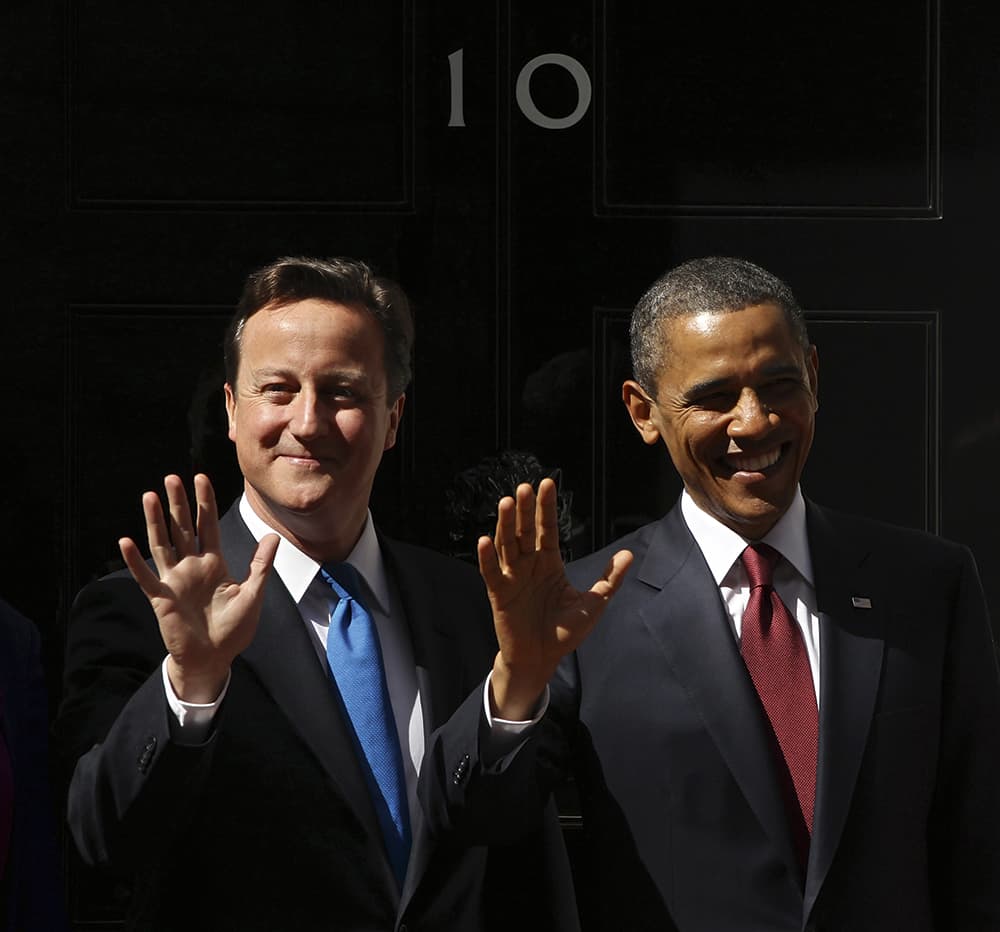
A streak of sunlight adds an extra challenge to capturing important visitors arriving at 10 Downing Street. Image by Adrian Dennis
You can’t rely on your camera to get the metering right automatically. Over the years, I’ve spent many hours opposite the door of 10 Downing Street, waiting for the prime minister to appear. It’s renowned among press photographers for being one of the coldest places to work in the UK. If the sun does make an appearance for a few minutes, it plays havoc with your metering. The street is 50 shades of grey with a bit of black mixed in, so your brain needs to override what the camera is metering for. I revert to finding something near 18% grey. In this instance, I’ll fill the frame with the slightly lighter tarmac of the road, set the exposure and re-compose. On occasion, usually when someone important is visiting, a shaft of sunlight streaks across the doorstep. You just have to be aware and manually close down your aperture a stop or two.
8. Metering headaches
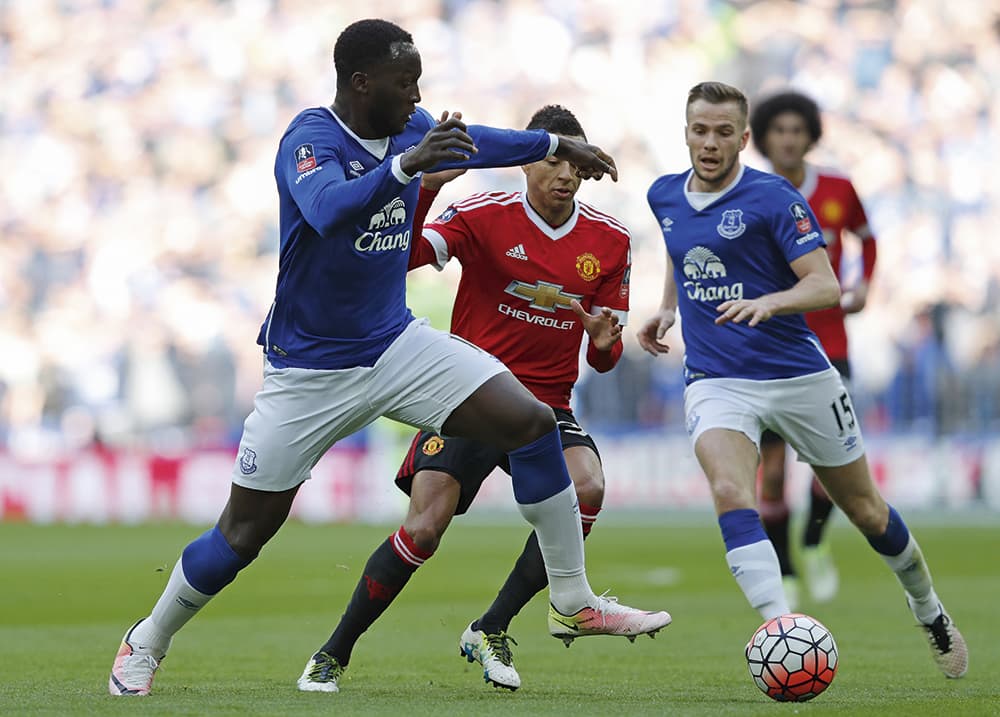
When half the pitch is in shade and half is light metering for the scene is tricky. Image by Adrian Dennis
Big sports stadiums, such as Wembley, can also cause metering headaches. Nowadays, matches can be held at any time of the day and because of the size of the stadium, half the pitch can be in direct sunlight and the other half in deep shadow. If you’re shooting into the part of the stand that’s in direct sunlight, it can be very easy to underexpose the action on the field. It’s a nightmare scenario: if you expose for the shadows, the background bleaches out. This is the opposite of what most sports photographers look for, which is a dark, non-distracting background. If you can’t change position and there isn’t much cloud cover on the day, I use a very handy custom-shooting mode saved in my Canon EOS-1D X (under My Menu). This enables me to save an exposure setting for either the shadow or the highlight. Once saved, I can toggle between two exposures using the M-Fn button, which is close to the shutter button. This allows me to shoot, say, 1/1000sec at f/2.8 and ISO 800 when the action is in the shadow, and 1/2000sec at f/4 and ISO 200 when the action is in highlight.
Adrian Dennis
Adrian has been a photographer for the Agence France-Presse news agency since 2000. He covers a variety of assignments in the UK and around the world, with an emphasis on sports photography. Before joining AFP, he worked for a variety of newspapers including The Independent and The Independent on Sunday. Visit www.adriandennis.com
9. Use a handheld meter

Jim likes to make the most of light coming in from a single window. Image by Jim Mortram
Many of my portraits are taken in low light, at around midday, with light coming from a single window. I shoot both film and digital for my Small Town Inertia project, and with film, I prefer to use a handheld lightmeter as it’s so quick and reliable. You need to keep checking as the light changes, however, as you can rarely stick to the same reading all day. With film, remember to set the lightmeter to the corresponding film speed you set. I push my Ilford ISO 400 film to ISO 800 to get access to faster shutter speeds. I also like the aesthetic of pushed film; you get greater contrast, while retaining all the detail (tell the lab to develop at the speed you’ve metered for, not the film speed on the box).
10. Think about where you’re metering from
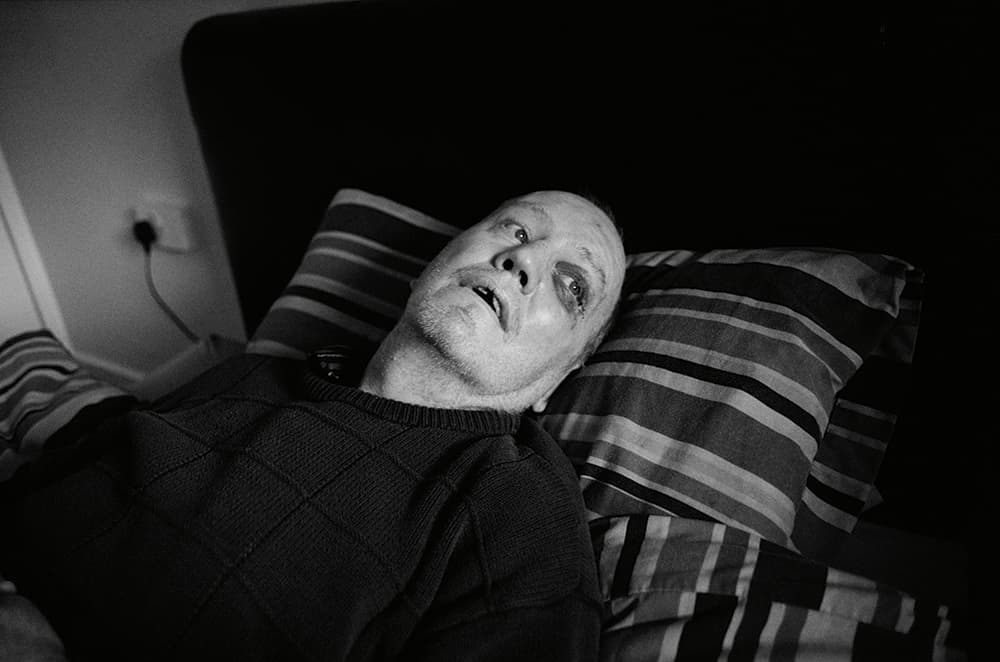
Try to angle the lightmeter bulb very slightly towards the light source. Image by Jim Mortram
As you see from the images here, many of my portraits have light on one side of the face, and shadow on the other. When using my Sekonic lightmeter, I hold the lightmeter bulb very slightly towards where the light is coming from and angle it there, say at 20 degrees. I don’t just hold it flat or again you can get overexposure. Alternatively, I take a reading from a bright area on the subject, then from a shadow, and shoot somewhere between the two. So think about where you are pointing the meter, and at what angle. Remember, with film you get maybe 6 stops latitude in bright spots compared to digital. It’s hard to blow out the highlights unless you really are way off with the meter reading. Shooting with DSLRs is like using slide film; there is much less latitude when it comes to clipping highlights.
Jim Mortram
Jim is an award-winning social documentary photographer and author. His ongoing project, Small Town Inertia, records the lives of disadvantaged and marginalised individuals in his hometown of Dereham, Norfolk. Visit www.smalltowninertia.co.uk





